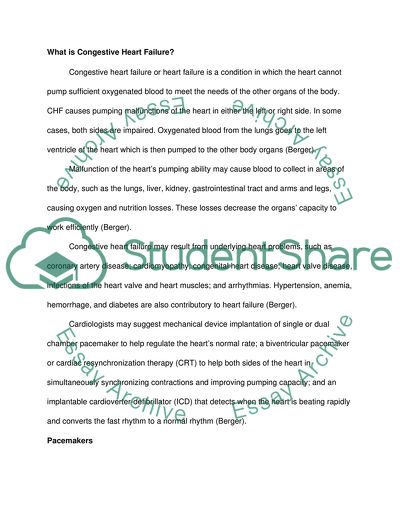Cite this document
(“The Possible Complications and Risks of Medical Devices in the Research Paper”, n.d.)
The Possible Complications and Risks of Medical Devices in the Research Paper. Retrieved from https://studentshare.org/medical-science/1732550-congestive-heart-failure
The Possible Complications and Risks of Medical Devices in the Research Paper. Retrieved from https://studentshare.org/medical-science/1732550-congestive-heart-failure
(The Possible Complications and Risks of Medical Devices in the Research Paper)
The Possible Complications and Risks of Medical Devices in the Research Paper. https://studentshare.org/medical-science/1732550-congestive-heart-failure.
The Possible Complications and Risks of Medical Devices in the Research Paper. https://studentshare.org/medical-science/1732550-congestive-heart-failure.
“The Possible Complications and Risks of Medical Devices in the Research Paper”, n.d. https://studentshare.org/medical-science/1732550-congestive-heart-failure.


